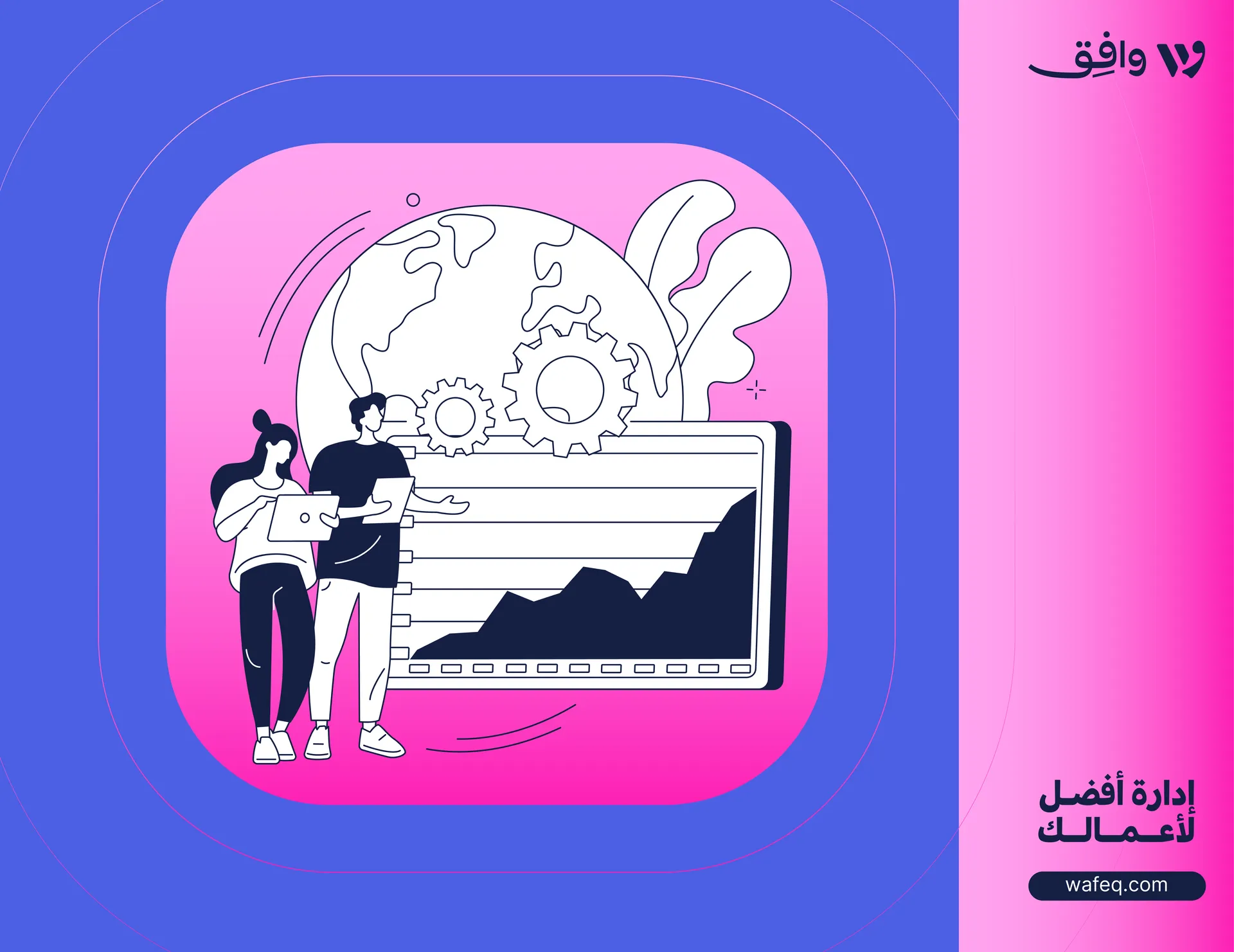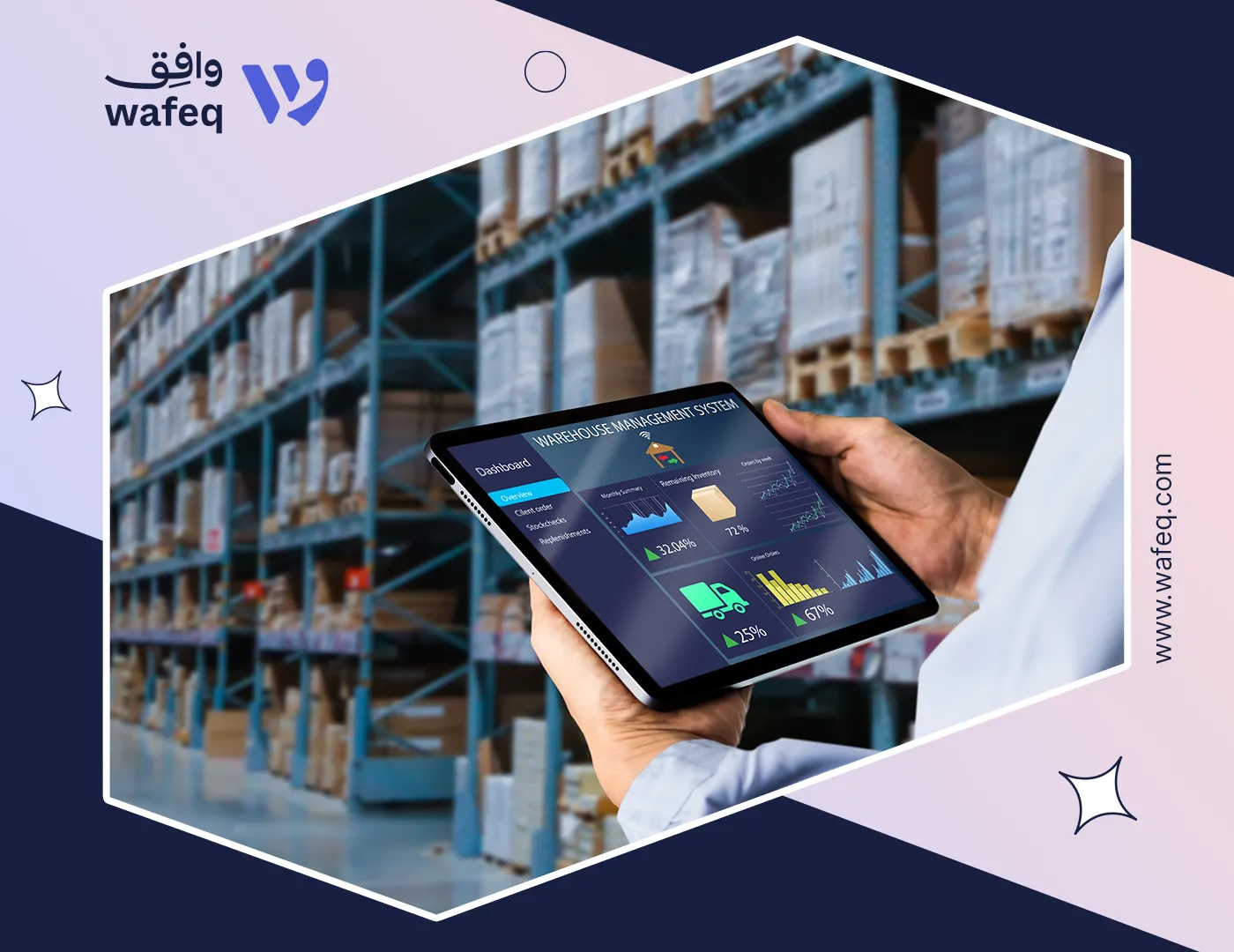How To Learn And Implement Data Analytics In Business

Data evaluation. SQL. Power BI. As firms have relied increasingly on data to inform important business choices and strategies, these technologies and skill sets have grown in popularity over the past ten years. Thus, learning them could be the key to success—read on to find out how you can implement data analytics in your business through such technology.
Data Analytics In Business: A Must For 2022?
The importance of learning these abilities has increased as demand for data analytics-related talents increases across sectors. Fortunately, there are many online courses available to teach the essentials of data preparation, analysis, and visualization. Here are some of the most effective methods for self-learning them.
What Fundamental Data Analysis Skills Exist?
Learning intricate mathematics and specific subjects like artificial intelligence, linear regression, or machine learning is not always required to do basic data analysis (unless your goal is to be a data scientist). If you're comfortable with programs like Python and Excel, you can perform a lot of data analysis.
The skills listed here are perfect for both aspiring data analysts and working professionals who want to strengthen their analytical thinking.
1. Visualizing Data
With massive data sets, data visualization, or the graphical depiction of data, tells a story.
Data analysts frequently produce charts and graphs to present data using visualization tools like
- Tableau
- Google Charts For the majority of crucial business operations, data visualization abilities are essential. Campaign managers, for instance, are often required to communicate their primary findings and conclusions in a way that is simple to understand.
2. Efficient Programming
To solve difficult equations or scrape data, data scientists and analysts frequently employ programming. However, programming has other functions and applications that aren't limited to large-scale data analysis. Automating chores is one of programming's finest applications. Python and R are the two most widely used programming languages among data scientists.
Python is typically regarded as the programming language that is the most user-friendly for beginners due to its simple syntax and capacity to handle a wide range of modern technologies.
“For beginners, I would suggest Python (or similar scripting languages) to start with. It is an easy language to pick up, highly productive, and also is useful in many practical situations such as data analysis.”
According to Dr. S.M. Yiu, a professor in the Department of Computer Science at the University of Hong Kong, it is a simple language to learn, very productive, and helpful in many real-world circumstances like data analysis.
3. Constructing Spreadsheets
Excel spreadsheets are used by more than 750 million individuals, according to Forrester Research.
While that figure may seem unexpected, there are a variety of reasons why spreadsheets continue to be widely used.
Spreadsheets are flexible tools that may be used for data processing, data modification, and even data visualization.
Read more about: The Importance Of Market Analysis.
3 Simple Approaches For Learning Data Analytics In Business
For those who want to study data analysis, there are several books and courses available.
However, you need to apply what you've learned to actual issues in order to show that you have competence.
The next three points will help you learn data analysis independently.
1. Recognize The Importance Of Mathematics
You must study foundational mathematics, such as statistics if you plan to start data analysis from scratch.
Learn applied statistics, according to Gwen Britton, an instructor for the SNHUx Business Analytics Foundations MicroBachelors® program, if you want to use data to create stories.
"Statistics tells this story of how to describe what the data looks like or how these two things relate to each other or this is the trend and this is what we can anticipate in the future. [...] Each of those different things really has an underlying story behind it that is really based on statistics" 2. Get Familiar With Python Python is a user-friendly programming language that data professionals frequently employ to create machine learning pipelines and apps.
However, a lot of programmers and other tech experts utilize Python for several other tasks, including web development.
Python is thus among the most adaptable and in-demand programming languages worldwide.
3. Address Business Shortcomings
Finding answers to issues that organizations are now dealing with in the real world is where acquiring data analytics skills really offer value.
High-level issues are resolved via data analysis, including figuring out how businesses might increase revenue, improve efficiency, or find methods to save costs.
Naturally, you don't have to start figuring out these tough difficulties right now. You can try to solve more trivial business issues that arise at work. These include, in some instances:
- Preparing management reports
- Automating manual data analysis by creating dashboards
- Using programs like Excel to find trends in massive data sets
The Conclusion
Whether we like it or not, data analytics is something most companies can’t be competitive without. Learning and mastering it is, therefore, an advantage that anyone should want up their sleeves, as soon as possible.
Data, however, is only valuable if it's accurate, ordered, and accessible. Firms that handle their finances without proper accounting software, for instance, could suffer from an inappropriate database. Fortunately, with Wafeq’s advanced accounting solution, numbers are right where they belong—check out more details now, and up your accounting game today.
Run your business better
Don't worry about your accounting with Wafeq where you can keep all your expenses and revenues on track, manage payroll and inventory, plus generate over 30 financial reports from one place.


.png?alt=media)








